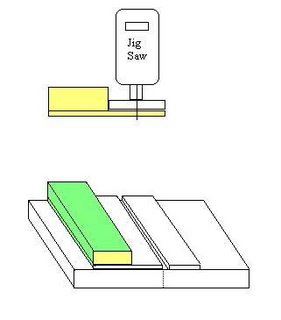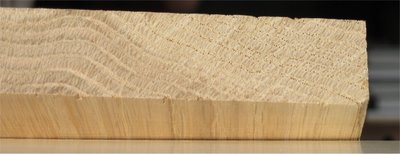- Break a problem into little problems.
- Solve little problems.
- Keep an eye on the big picture.
In addition, I've done a lot around the house, like plumbing, tiling floors (the tiling you see in the background of some of my photos), showers, baths, putting down wooden floors. (All with the assistance of my beautiful wife).
Boats, wooden floors and tiling seem to have one thing in common, it's hard to mess it up at one fell swoop. Break a tile, cut another. Cut a frame wrong, cut it again. If you are prepared to redo, then you can do.
If, however, you mess up and persist in going in the wrong direction in spite of knowing that something's not right, then I suggest that you buy the more expensive life jacket

Somewhere in the middle are mistakes that can be shimmed. There's probably a lifetime's experience in figuring out what can be shimmed and what needs to be recut.
Carpets (and Lino) on the other hand are different. Cut them too short and they're pretty much ruined. one single mistake and you're toast.










